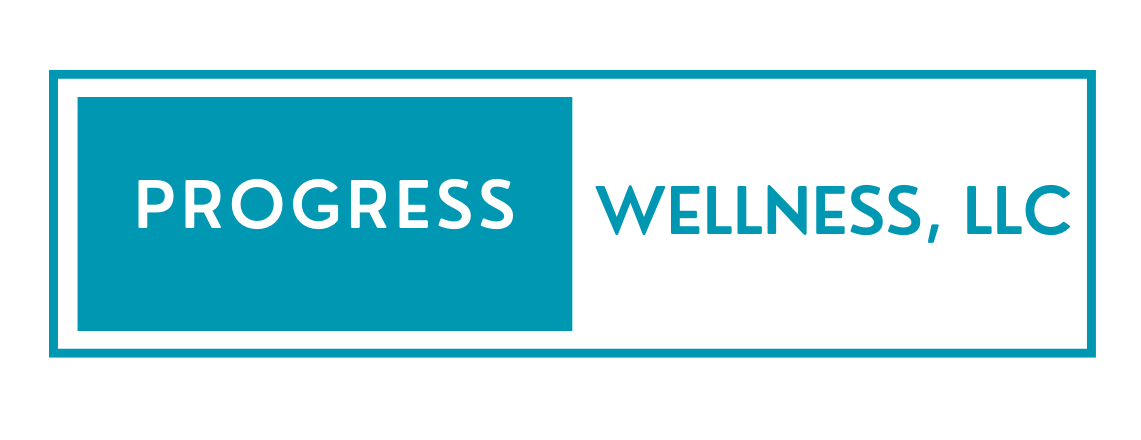Moving through heartache, grieving a loss, or dealing with hard emotions such as stress, anger, and disappointment are all a part of life. When we go through and feel these emotions, it seems as if these feelings will last forever and that we will never recover. And then, over time these feelings are less intense and subside. We learn to adapt and we recover.
That is the meaning of resilience.
If you are going through or have recently been through a challenging time, here are three key strategies to help you move forward and build your resilience along the way.
An Opportunity for Growth
With every problem, there is an opportunity for growth. Seeing the challenge as an opportunity rather than an ending allows you to see the failure, mistakes, or loss as a time of personal growth. Moving through the heartache, pain, or difficulty can help you see it as a time for you to find out more about who you are and how capable you are will naturally build resilience.
A Change in Mindset
Reframe your outlook to help you adopt and maintain perspective. When faced with emotional pain or frustration, this can feel like you are going to be in it forever. That thought alone can increase the severity of emotions someone is feeling, and make it worse. Reframing that perspective by challenging the thought will help you feel better, think more realistically, and build resilience. An example of a reframe would be, "I know it feels like this will be forever, and I know logically it's not. I have been through hard things before and came out OK. I know I will get through this too."
If you don’t know how to reframe a thought, think about what you would tell your best friend if they were in the same situation. Would you tell them "I hate to tell you but now is forever" or would you say something more realistic and kind? I bet on the latter. Whatever you'd say to your best friend, now say the same to yourself-- even if you have to say it on repeat until it starts to stick!
A Self-Care Routine
Create and engage in self-care. Taking care of yourself is important for refueling your wellbeing tank, and when going through a difficult time, making time for you will help you tolerate all the emotions you are feeling--and be able to get through the experience with more ease. Examples of self-care are getting a manicure, going for a walk, saying “no” when needed and setting limits, carving out alone time, texting or calling a friend, having a snack, reading for fun, or taking or an extra 10 minutes in the shower. It can be anything that helps you feel better.
Remember, you are stronger than you think! You’ve got this! As always, sending good energy your way



